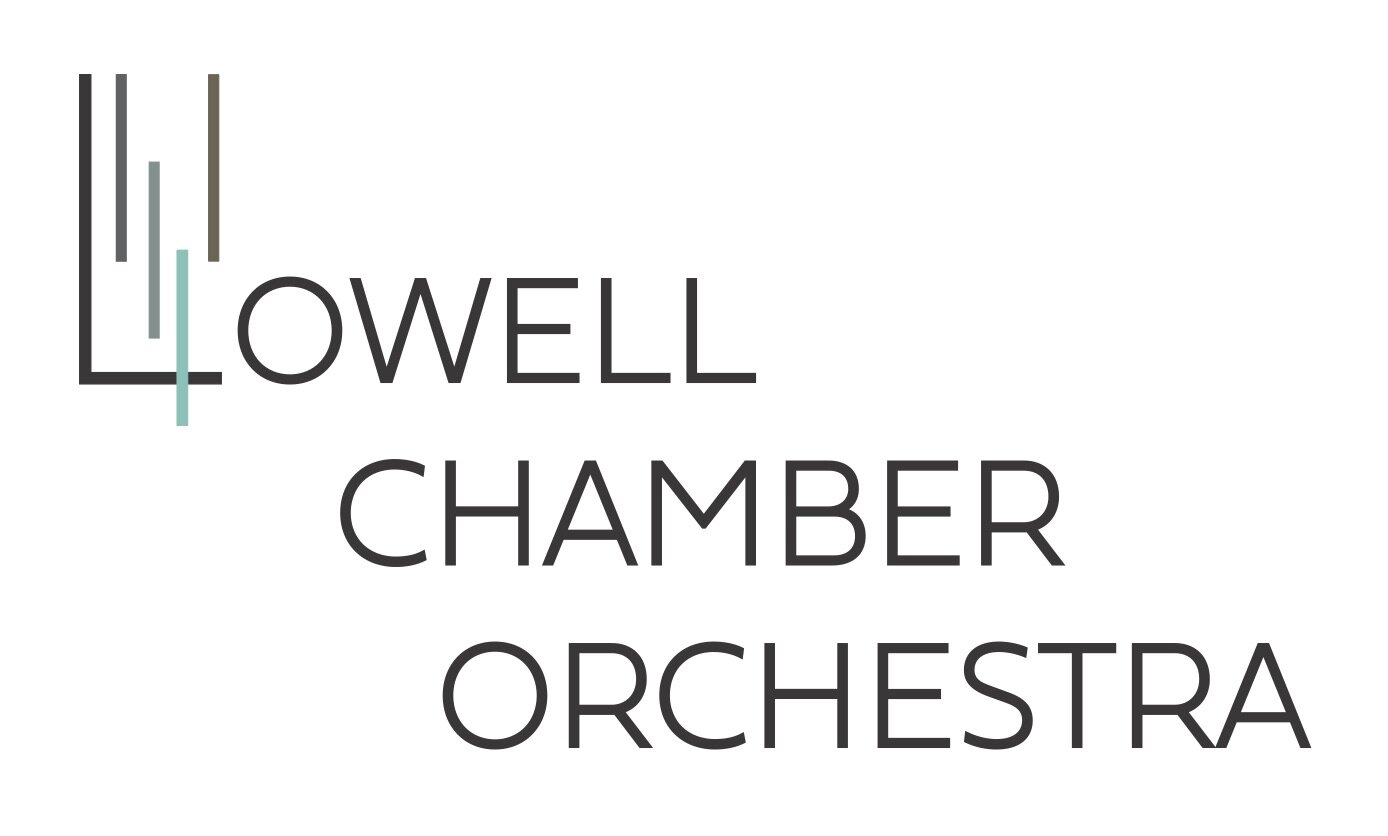Geneviève Leclair, conductor
Geneviève Leclair if the first guest conductor to lead LCO, in a program that leads the imagination onto uncharted territory. Ms. Leclair is an active guest conductor with organizations across Canada, the United States and the U.K. and Associate Professor at Berklee College of Music, where she has been teaching since 2016. Equally at home in symphony, ballet and opera, she was Music Director of Parkway Concert Orchestra from 2013 to 2019, as well as Assistant Conductor and Guest Conductor of the Boston Ballet Orchestra from 2010 to 2017, and a member of the Board of Directors of the International Conductors Guild from 2017 to 2020.
Connecticut-born American composer Charles Ives is widely recognized as one of the most original voices in early 20th century American music. Firmly rooted in the American vernacular, protestant religious music and European music traditions his experimental language made regular use of polytonality, atonality, polyrhythms, tones clusters and aleatory elements. The Rainbow is a short piece for chamber orchestra scored for flute, English or basset horn, strings and piano which makes original use of chords in fourths and clusters of pitches to provide an atmospheric background to the atonal melodic material in the woodwinds. Curiously, words are included in the English/Basset horn line, suggesting the instrument could also be replaced by a singer.
The Little Suite for Strings is one of Danish composer Carl Nielsen’s first works and clearly demonstrates he already possessed as a young artist all the musical prowess and creativity of thought he came to realize as a mature composer. In an earlier version of the piece, the three movements were titled The Danaids, Dance of the Charities and The Bacchus Procession, clearly indicating the inspiration of thee composition in Greek mythology. The Präludium features the Scandinavian romantic quality of Nielsen’s writing in a blend between elegy and funeral march. The Intermezzo is a bright, light-hearted waltz in which one finds a future staple of Nielsen’s music: the flat seventh grace note. The Finale was reworked after a few performances to celebrate the return of explorer Fridtjof Nansen’s Greenland expedition to include a slow introduction recalling the theme of the Präludium before exploding in a joyous and boisterous Allegro con brio showcasing gorgeous part-writing and a full orchestration
The music room at Dumbarton Oaks
French impressionist composer Georges Hüe was a student of Charles Gounod and César Franck whose career gravitated around the Paris Conservatoire. His little-known Rêverie pour petit orchestre, faithful to the composer’s style, is a short atmospheric piece in unconventional harmonies that showcases a wide palette of timbral colours.
Famous for his renowned collaborations with Les Ballets Russes, which led to masterpieces such as The Rite of Spring, Firebird and Petrushka, Igor Stravinsky is known as one of the most influential and original musical figures of the 20th century, who forever transformed tonality, orchestration and rhythm. Dumbarton Oaks was the result of a commission by Robert and Mildred Bliss for their thirtieth wedding anniversary and was titled after the estate where they lived, near Washington D.C. Interestingly, the piece, finished in 1938, was the last Stravinsky completed in Europe before emigrating to the United States. It is a bubbly and joyous concerto for chamber orchestra in three movements written in the neoclassical style and heavily influenced by Johann Sebastian Bach’s Brandenburg Concerto No. 3.
This concert is part of Middlesex Community College's A World of Music Concert Series






